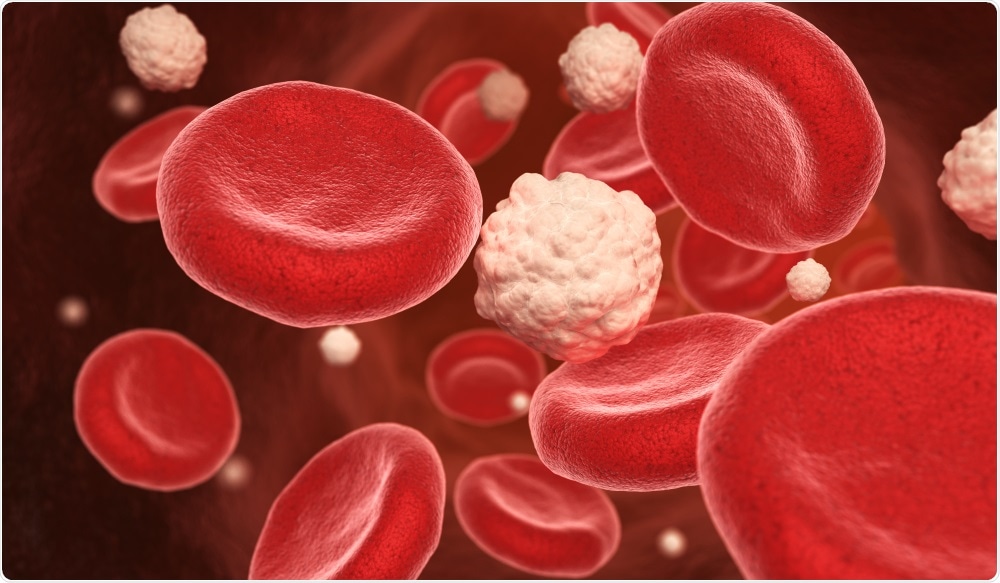A team of scientists at MIT has developed a method using noninvasive spectroscopy that could be used to measure blood glucose levels, replacing the need for the use of needles in monitoring diabetes.
In a paper published this January in the journal Science Advances, the team describes how they use near-infrared light to see through the skin to identify the levels of glucose within the blood.

Image Credit: Tatiana Shepeleva/Shutterstock.com
The rising prevalence of diabetes and increasing deaths
Recent statistics have revealed that in the US, around 10.5% of the population is diagnosed with some form of diabetes, equated to roughly 34.2 million people. Type 2 diabetes which is related to lifestyle choices and obesity is more prevalent than type 1, although cases of both types are increasing each year.
Scientists estimate that the rates of both forms of diabetes will increase by 54% between 2015 and 2030, ending with around 54.9 million Americans living with the disease.
Also, mortality rates are increasing, with them predicted to rise by 38% in the same time frame, equated to 385,800 deaths annually. The illness is putting increasing pressure on the country’s healthcare systems, with medical costs expected to rise by 53% by 2030.
Improving how glucose levels are monitored is a potentially significant way to improve disease monitoring and address the drastically increasing number of deaths due to the illness.
Currently, people living with diabetes are required to measure their sugar levels throughout the day to ensure they maintain their glucose levels within safe limits. This involves pricking the finger with a needle to withdraw a small amount of blood to test. However, because of the pain and inconvenience associated with testing blood sugar using this method, around half of those with diabetes fail to test themselves often enough.
This limitation of the current protocol for testing glucose levels in those with diabetes is what inspired the team at MIT to establish a new and improved method.
Measuring blood sugar levels through the skin
The researchers at MIT recognized that the noninvasive technique of Raman spectroscopy could be used in place of drawing blood for analysis. The approach can determine the chemical composition of tissue by exposing it to near-infrared light, which is safe and does not harm the tissue.
Scientists developed this technique so it can be used to directly measure the blood concentrations of glucose through the skin. However, because the near-infrared laser beam can only penetrate a few millimeters below the skin’s surface, the team at MIT had to figure out a way of measuring blood glucose levels from the interstitial fluid, which is more easily accessible.
However, glucose signals are often hard to detect amongst the noise produced by other components of the skin. Collagen, proteins, and lipids produce signals far stronger than that of glucose. To overcome this problem, blood glucose levels can be established via the comparison of Raman data from skin samples to glucose concentrations measured from blood samples withdrawn at the same time. The drawback is, this method is vulnerable to changes in environmental conditions and movement of the participant.
So, the team at MIT innovated an alternative method. They shone the near-infrared light at an angle of 60 degrees and collected the Raman signal via a fiber placed at 90 degrees to the skin. This generated a stronger signal, allowing the glucose Raman signal to be registered, while the reflected signal generated from components within the skin surface is filtered out.
A Raman-based sensor for diabetes management
Although the method is not yet ready to be administered to diabetes patients as the technology needs to be incorporated into a user-friendly device, the findings demonstrate the feasibility of a device for reliably measuring blood glucose levels without the need for invasive needles. This method could offer a technique for diabetes monitoring that could help prevent unnecessary deaths.
Source:
Researchers hope to make needle pricks for diabetics a thing of the past. Available at: http://news.mit.edu/2020/raman-spectroscopy-needle-pricks-diabetics-0124
Journal references:
Kang, J., Park, Y., Chang, H., Lee, W., Singh, S., Choi, W., Galindo, L., Dasari, R., Nam, S., Park, J. and So, P. (2020). Direct observation of glucose fingerprint using in vivo Raman spectroscopy. Science Advances, 6(4), p.eaay5206. https://advances.sciencemag.org/content/6/4/eaay5206
Rowley, W., Bezold, C., Arikan, Y., Byrne, E. and Krohe, S. (2017). Diabetes 2030: Insights from Yesterday, Today, and Future Trends. Population Health Management, 20(1), pp.6-12. https://www.ncbi.nlm.nih.gov/pmc/articles/PMC5278808/